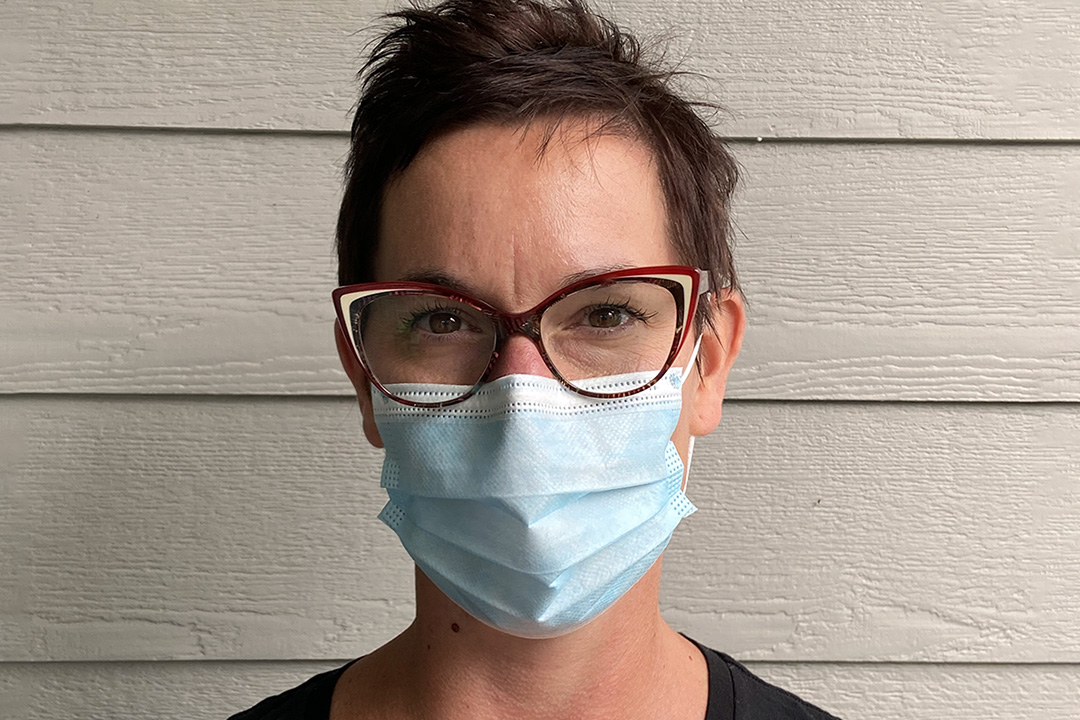
USask respirologist offers tips for wearing masks, and why they work
Wearing a mask is now mandatory indoors for those on campus, and a University of Saskatchewan (USask) respiratory expert says there are plenty of good reasons why they help protect you and others around you.
By James ShewagaFollowing the best public health evidence available, on August 24 the university made wearing a non-medical mask or cloth face covering compulsory as USask prepared for the start of the fall term. While the majority of courses will be delivered remotely, masks must be worn in labs, libraries, research centres and recreation facilities by all faculty, staff and students, as well as visitors, vendors and contractors approved to be on campus.
As more peer-reviewed studies continue to point to the benefits of mask wearing, Penz believes public acceptance is slowly changing in support of it.
“I think when you start to see the evidence and you combine that with clear messaging from health professionals, public health and government leaders and our education system, I think that helps with public acceptance,” she said. “I think there is growing acceptance and with the school year starting and with children adopting the use of masks, I think that will help. It’s amazing how much our culture changes and adapts once our children readily embrace something new.”
How effective are masks?
Do masks limit ability to breathe?
Who should not wear a mask?
Which non-medical masks are best?
What should you not do?
What are good tips to teach children?
“Masks for Canada, a health-professional and physician-run organization, has a great website and they emphasize the four ‘P’s: play, practice, preparation and patience,” she said. “So play: try putting masks on toys, or even the dog, for example, to have a little fun with it. For practice, try having your child wear a mask for a few minutes a day at first to increase their tolerance gradually. For preparation, pack an extra mask in case they lose it at school, and provide a zip-lock bag to keep their masks in when they are clean. And the last one is patience: in case they are often touching the mask on their face, or they share it with a little friend, don’t get upset. Instead, use that as a teachable moment.”
Article re-posted on .
View original article.
